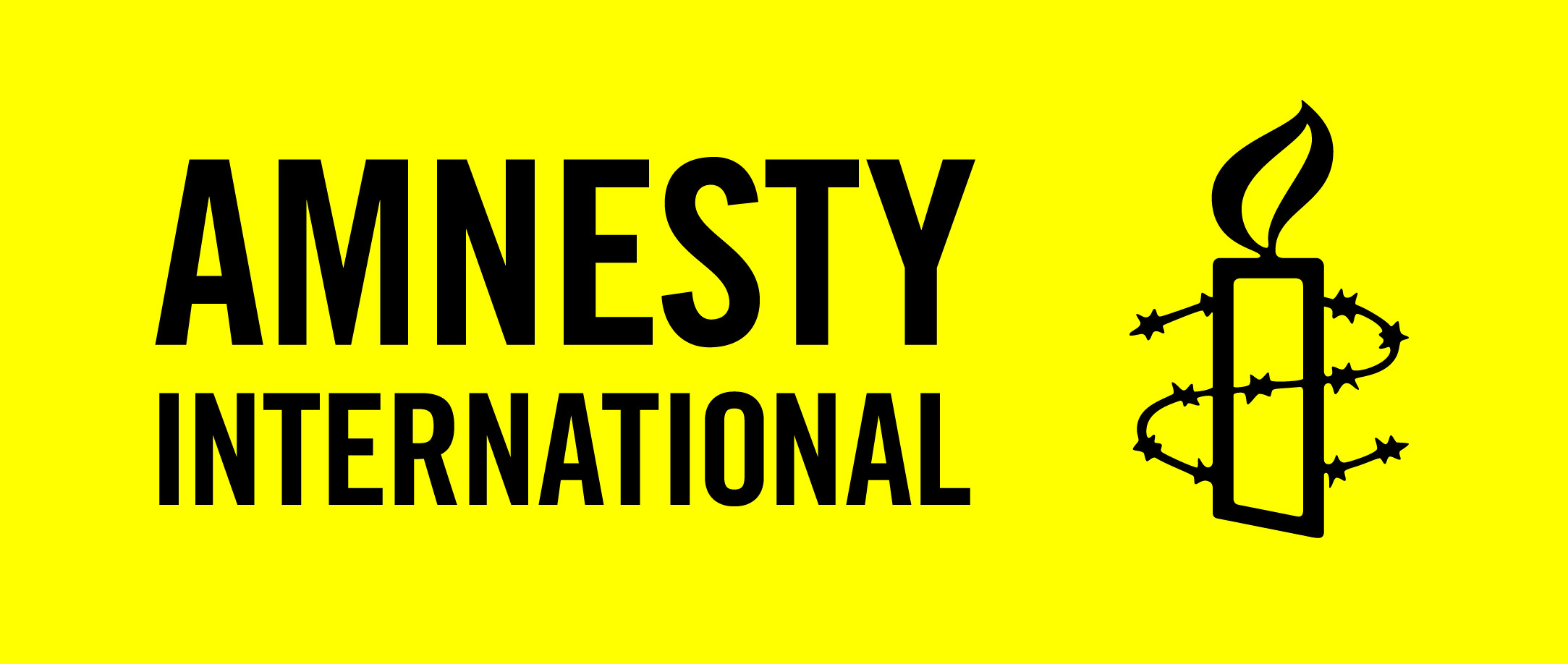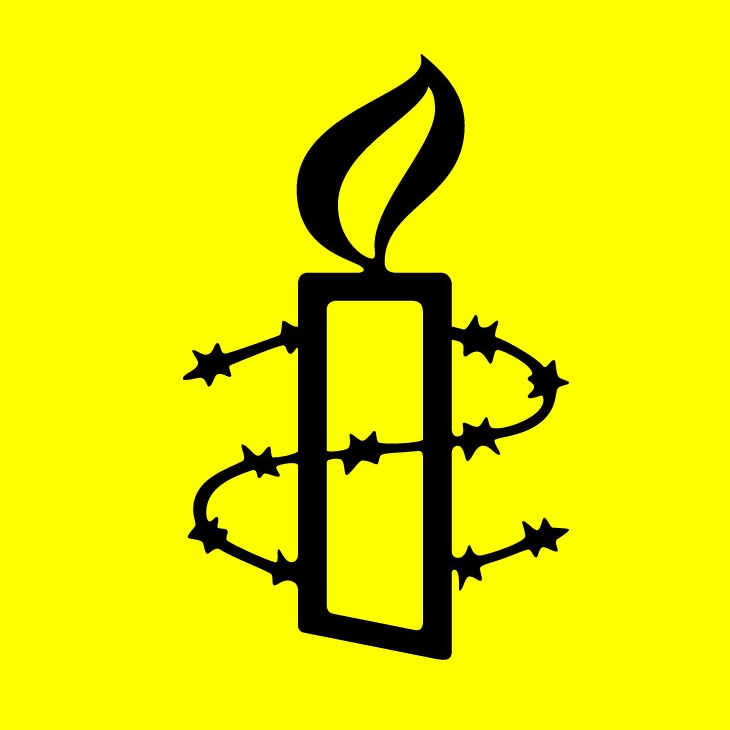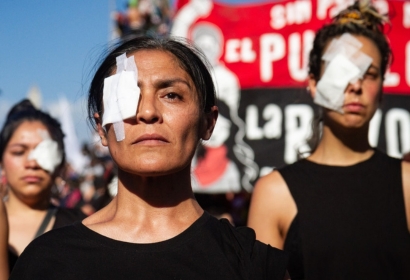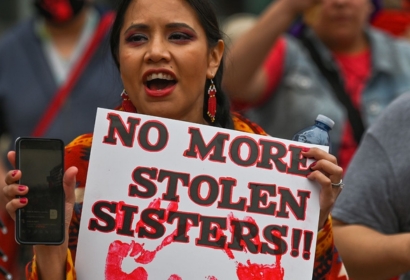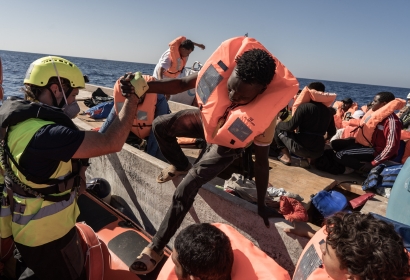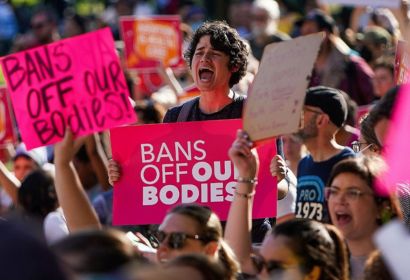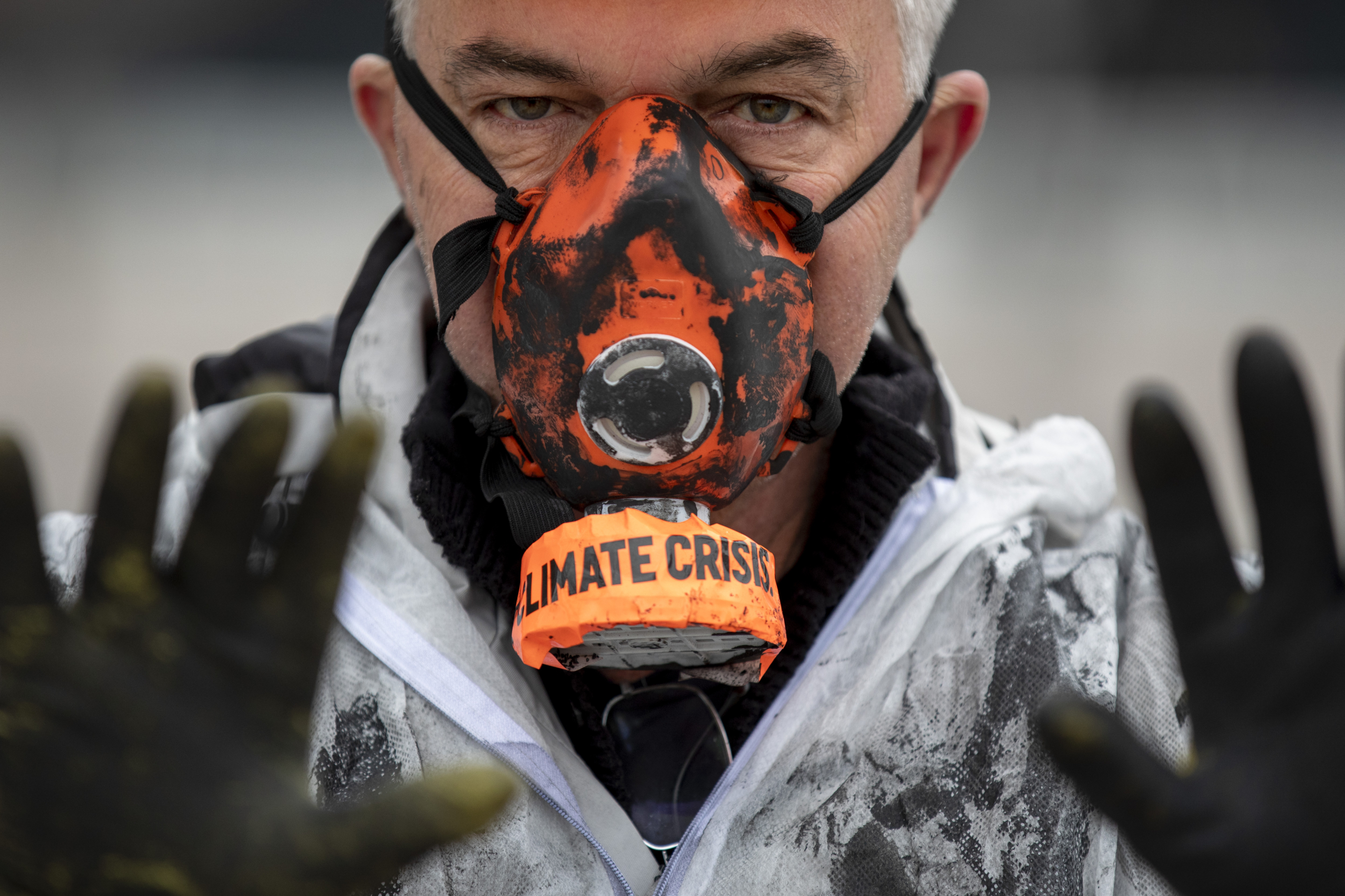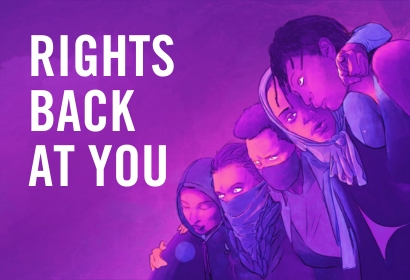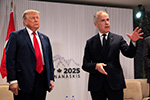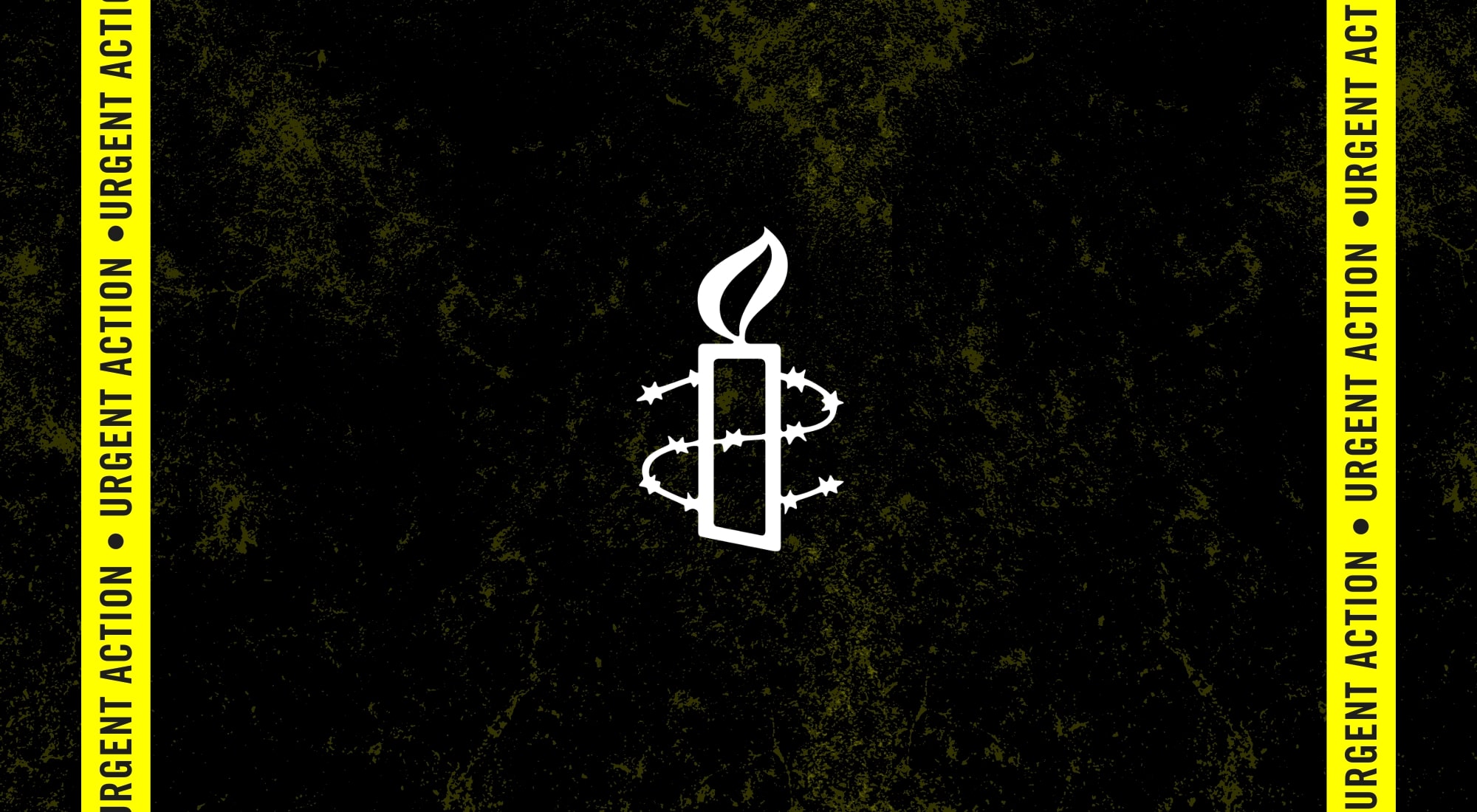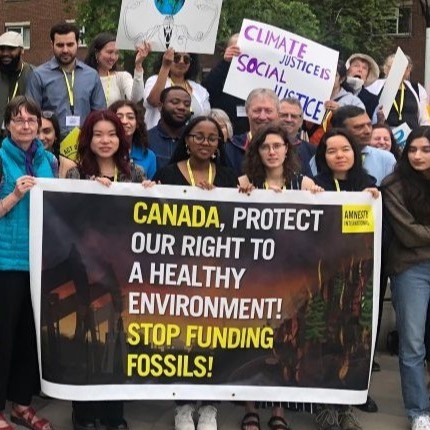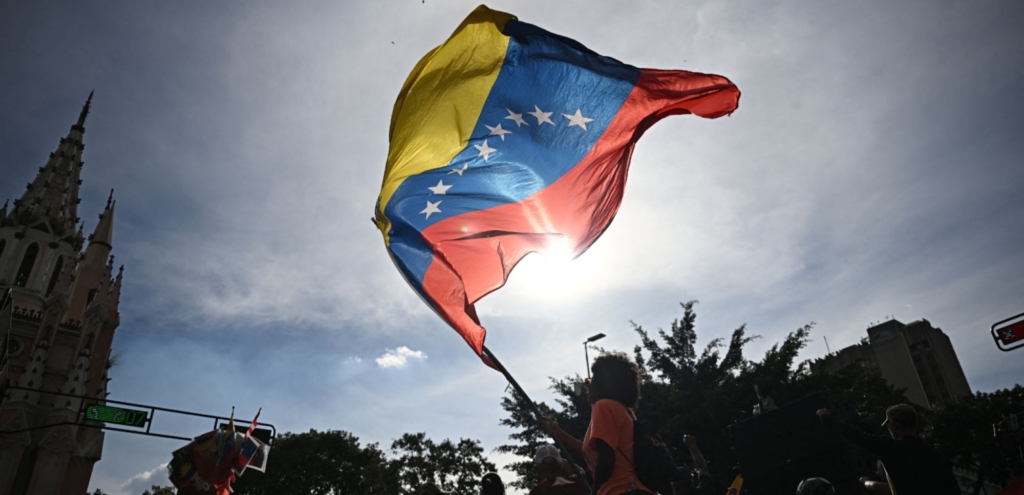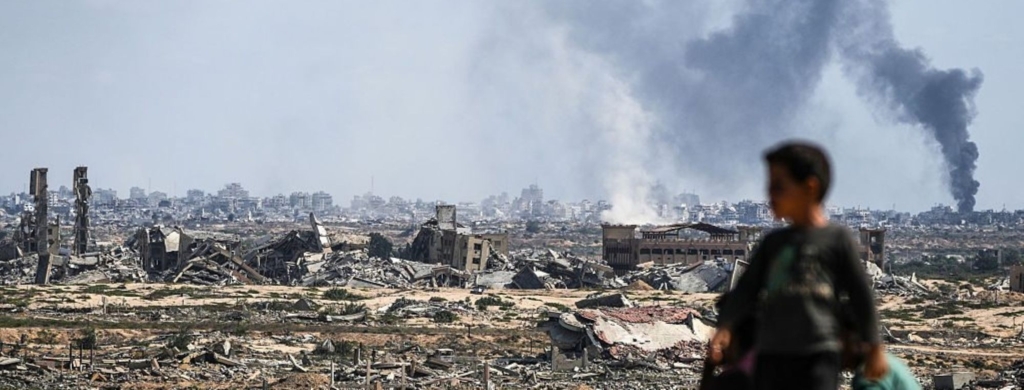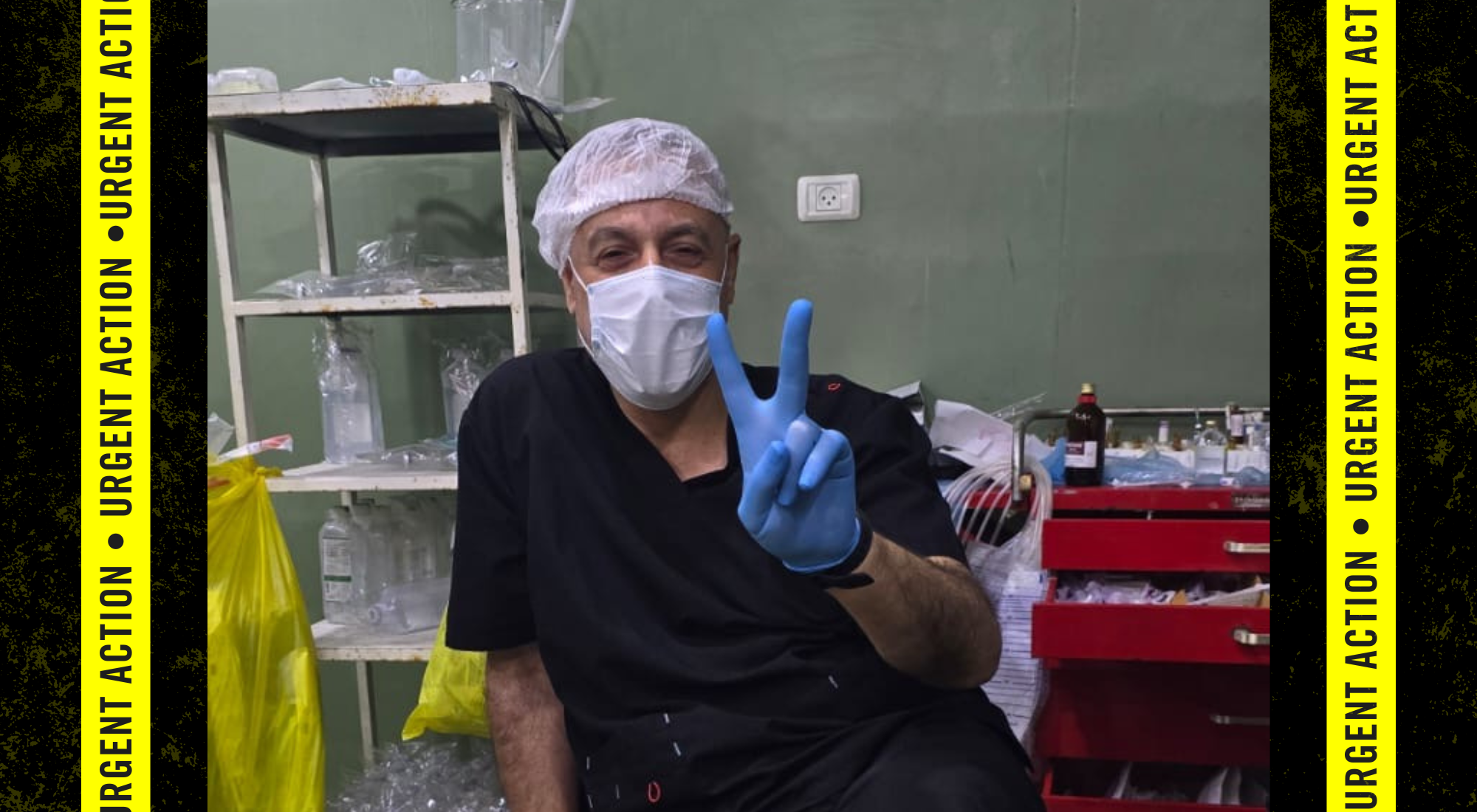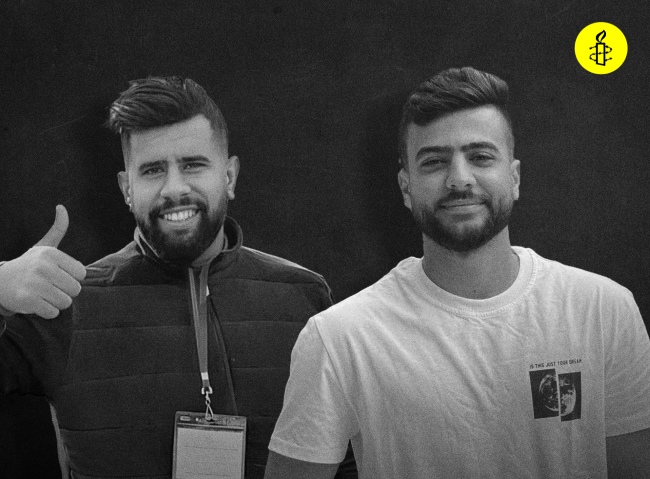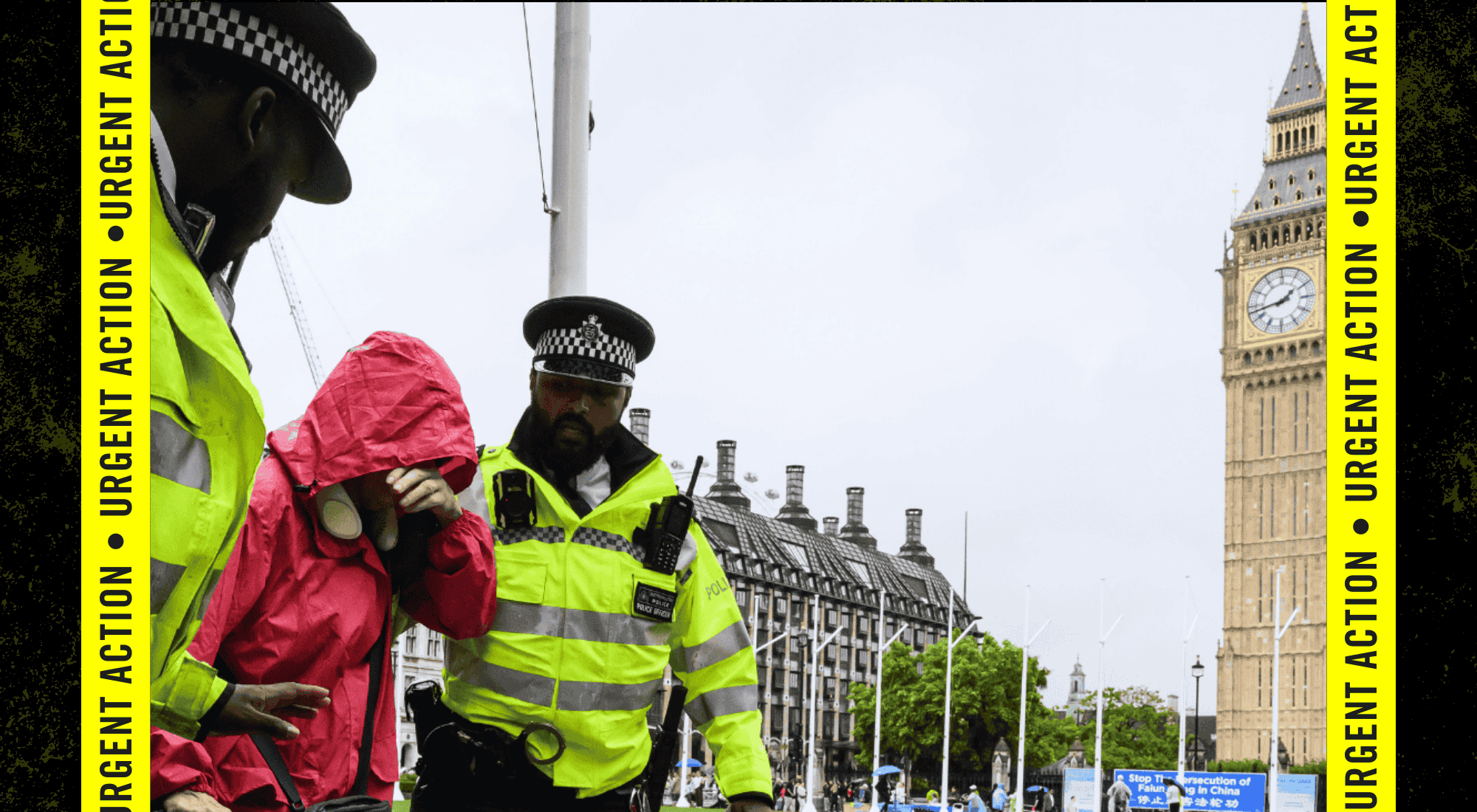On June 8, 2025, President Trump took federal control of 2,000 U.S. National Guard troops and deployed them to Los Angeles. This move followed two days of public protests against aggressive and militarized immigration raids in Los Angeles County, California.
The decision went against the will of the California Governor, who normally oversees the state’s National Guard. It also appears to violate federal law, which requires a governor’s consent before the federal government can take over state troops for domestic use.
On June 9, another 2,000 National Guard members were placed under federal control and deployed. In addition, about 700 U.S. Marines are on standby, ready to be sent in.
Using military force against people exercising their right to protest is deeply troubling. It sets a dangerous precedent and undermines democratic freedoms.
Here’s what you can do:
Write to the Chief of Staff urging her to encourage President Trump to:
- Rescind the Presidential memo that authorized the deployment of National Guard troops and other military forces.
- Ensure the military plays no role in domestic law enforcement activities.
Write to:
Ms. Susan Wiles
Chief of Staff
The White House
1600 Pennsylvania Ave,
N.W. Washington, D.C. 20500
Email: susan.s.wiles2@who.eop.gov
And copy:
His Excellency Peter Hoekstra
Ambassador
Embassy of the United States of America
490 Sussex Drive
Ottawa, ON K1N 1G8
Tel: (613) 238-5335 / 688-5335 (24h)
Fax: (613) 688-3082
Peaceful protests met with force
On June 6 and 7, 2025, people gathered in the streets of Los Angeles and Paramount, California, to protest large, military-style immigration raids at workplaces. These raids were carried out by U.S. Immigration and Customs Enforcement (ICE) agents.
The protests were mostly peaceful, but ICE responded with rubber bullets and tear gas. After the second night, when some protesters reportedly threw rocks and other objects, President Trump announced he was taking control of 2,000 National Guard troops and sending them to Los Angeles to shut down the protests.
This marked the first time since 1965 that a president deployed a state’s National Guard without that state’s request. Back then, the troops were sent to protect civil rights protesters. This time, they were sent to silence them.
Legal challenges and concerns
A group of 22 Democratic governors called President Trump’s actions an abuse of power and a violation of federal law. On June 9, California Governor Gavin Newsom and the state filed a lawsuit against the Trump administration. The lawsuit aimed to stop the use of both the state’s National Guard and U.S. Marines for immigration enforcement in California.
Normally, governors control how and when the National Guard is used in their states. But the president issued a memo that relied on a federal law—10 U.S.C. 12406—that allows the federal government to take over the Guard during a rebellion or threat of one. The law also allows the president to call on military troops to enforce federal laws in extreme cases. However, the events in California did not meet that standard.
Trump’s memo argued that protests that interfere with law enforcement amount to a rebellion. It gave the Secretary of Defense power to call on any number of active-duty troops to protect federal buildings and activities.
Escalations and widening reach
On June 9, after a fourth night of protests, the president ordered 2,000 more California National Guard members to be deployed. He also placed 700 U.S. Marines on high alert near Los Angeles, ready to move in if needed.
This move could break the Posse Comitatus Act—a federal law that generally bans the use of military troops for domestic law enforcement, with very few exceptions.
The memo does not limit troop use to California. It allows military support for ICE activities anywhere in the U.S. where protests are happening—or expected to happen—whether or not there is any violence. The memo permits preemptive action in areas where protests are likely, based on ICE’s own risk assessments.
Wider implications
In recent months, immigration raids have become more aggressive. Armed, masked ICE agents in unmarked vehicles have often carried out these raids without warrants. On June 8, Trump said this was just the beginning: “We’re gonna have troops everywhere.” Two days later, he promised more nationwide immigration raids and warned that protests would be met with “equal or greater force.”
Protests are planned for June 14, 2025, to oppose a military parade in Washington, D.C., marking the U.S. Army’s 250th anniversary and the president’s birthday. On June 10, Trump threatened protestors, saying, “They will be met with heavy force.”
This is not the first time President Trump has talked about using the military against protesters. In 2020, during nationwide protests over the killing of George Floyd, military helicopters were used to break up peaceful demonstrations in Washington, D.C. Amnesty International documented many violations by federal agents during that time.
Amnesty International remains deeply concerned. The military is not trained or equipped to handle protests. Troops lack the tools, guidance, and legal framework to carry out law enforcement duties safely and lawfully. Military personnel should only be deployed under clear, exceptional circumstances, with full respect for human rights, proper training, and civilian oversight. Without these safeguards, their use in protest situations risks harm and serious violations of civil rights.
Please take action as soon as possible until September 12, 2025. The UA will be duly updated should there be the need for further action.
